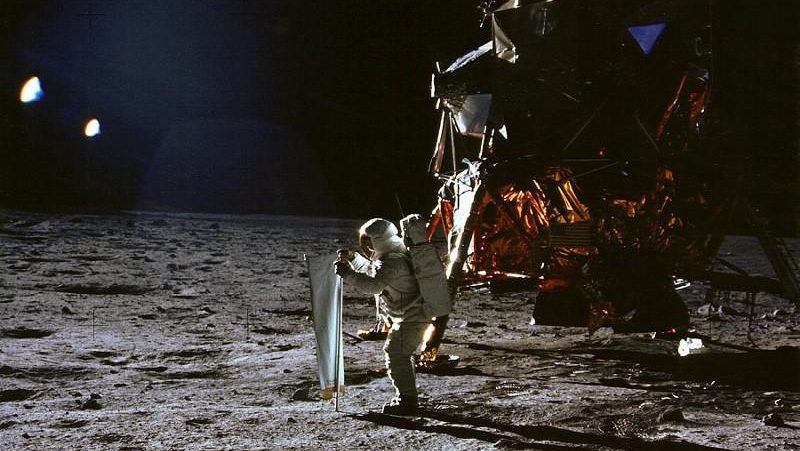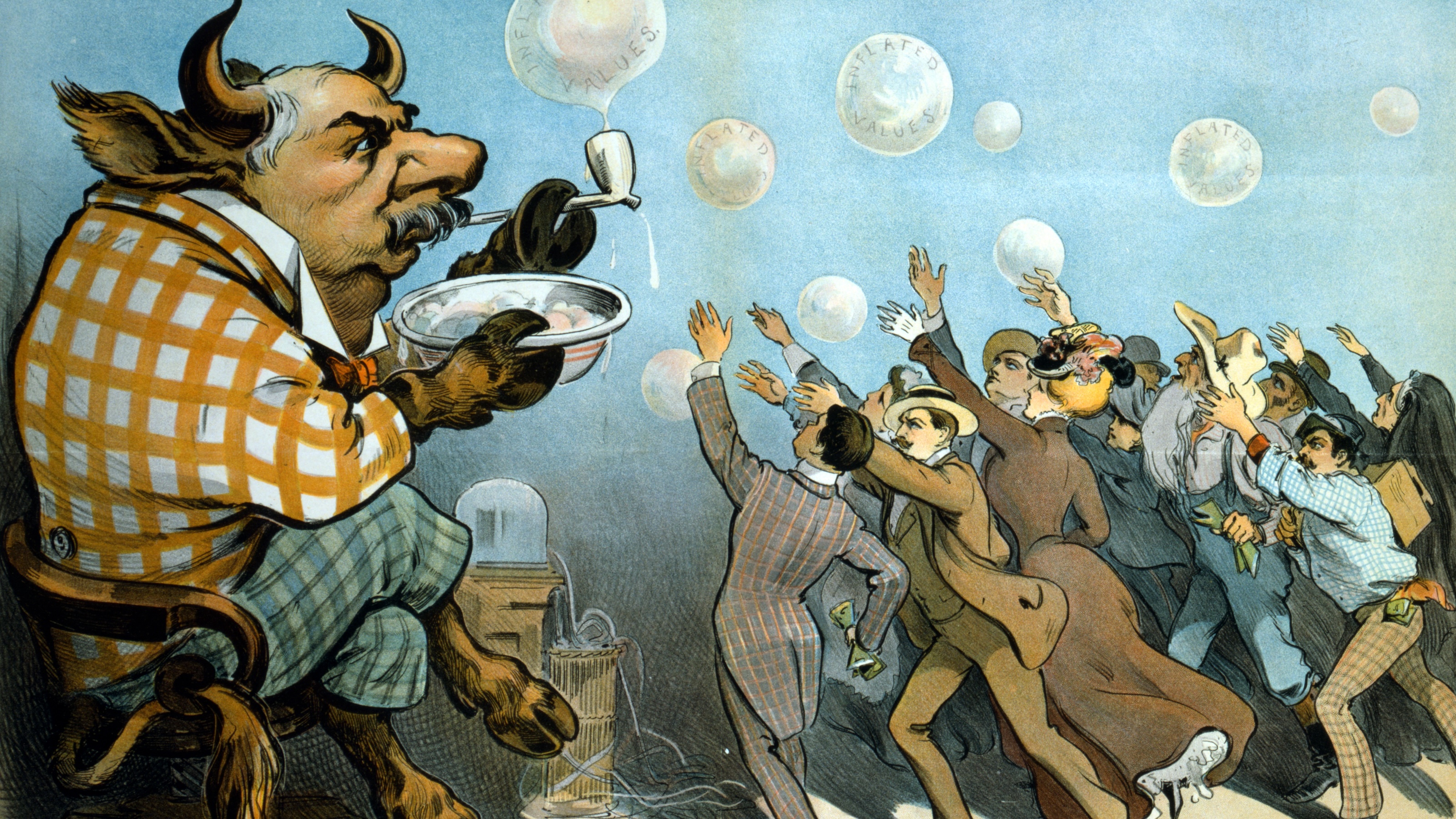Automobiles get all the passion in the design world. Designers need to export that passion to other modes of transportation.
Question: Why are you optimistic about the future of design and sustainable mobility?
Geoff Wardle: There’s so much to be done. If you assume, as I do, that the entire spectrum of transportation, road transportation, rail, and air, shipping is unsustainable, then we’ve got a huge amount of work to do to make it sustainable. And design has to play an extremely important role in that. So that’s why I’m very optimistic that if designers want it, there’s more work than they will know what to do with to help solve this problem.
Question: What are the main challenges that designers must face right now?
Geoff Wardle: Probably the most important one is for designers to be listened to as contributors to solving bigger problems than just designing products or services. And the challenges involved with that means that designers need to understand a lot more about the larger context of the world that they’re designing in.
Question: Where is the bottleneck in transportation advances coming from?
Geoff Wardle: I think there are a variety of bottlenecks. And of course, one has to consider that pretty well all of our transportation systems now, whether it’s the automobile, whether it’s trains, shipping, the truck industry, aviation; they’re all very mature industries; some of them with well over 100 years of continuity. So there are huge vested interests in the way we do things now. So it’s very, very difficult to get people to change a habit that they’re used to and they’ve got business models and manufacturing systems all set up. That’s one bottleneck.
And of course, in the political spectrum there are a lot of interests, lots of special interests that are lobbying for special interests not to change the landscape too quickly. So I don’t think the bottlenecks are actually in technology; we know there is quite a lot of interesting technology rapidly being developed. It’s more a question of getting the captains of industry, our political leaders, and even ourselves as consumers, to embrace change.
Question: How should designers go about stewarding this change?
Geoff Wardle: Well, designers do have a huge opportunity to steward these change through the processes and to do that, as I said earlier, the designers need to see their role as being much larger than just concentrating on products and services to design. They really need to look at the complete system of transportation and they need to understand the context in which these transportation systems are going to be operating. They have to use systems thinking as part of their process. And they also have to learn; well not learn perhaps, but they have to be prepared, I should say, to step outside their comfort zones of the familiar design community and actually roll their sleeves up and start being heard by people beyond their normal audience.
Designers tend to work within their own community. So, they’re proposing ideas to familiar customers, or within their design studios. Now they need to get out there and actually start talking to some of the leaders of industry. They need to get to understand a lot more about what the public really wants. And they need to understand how the political system works so that they can make useful contributions to the conversations that go on.
I happen to think that the automobile with large qualifications can play a large part in our future transportation, but designers need to understand that the car is no longer serving the needs of a large section of the population. It’s serving needs in terms of status and desirability as an object. But the truth is, in many parts of the world, particularly here in Southern California, it’s not actually a very effective means of mobility any longer because we have so much gridlock. Designers need to address that. They need to think about, in their own industry if they work in the car industry, what can we do? How do we change our thinking to make the automobile a much more valuable contribution, or contributor, to our whole system? But also, there are such huge opportunities for designers in the transportation arena in the automobile industry and beyond, to work on other forms of transportation as well.
I’ve said many times that the car gets all the passion in the design world. So much of the design work that goes into automobile design is done by people who are really passionate about cars. Then when you look at people who design – or I shouldn’t say the people who design, but when you look at how buses, or transit, or trains how they’re designed; where’s the passion there? And I think there is a clear correlation between encouraging people to embrace different kinds of transportation when they can feel that there’s some excitement in using that transportation. So, designers have a lot of opportunity to export their passion from what they do in, typically in the car industry to other forms of transportation, right across the spectrum.
Recorded on February 4, 2010





